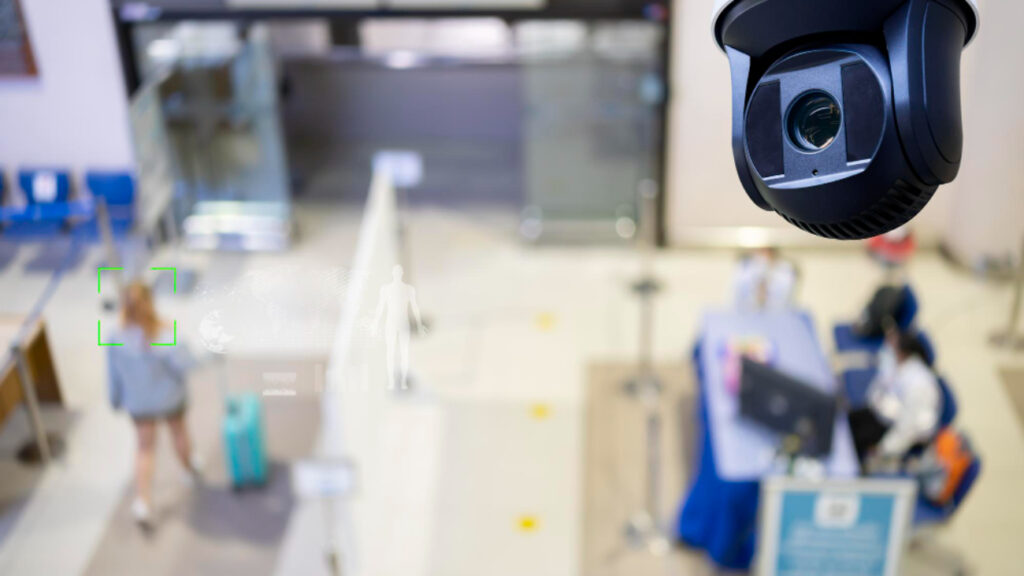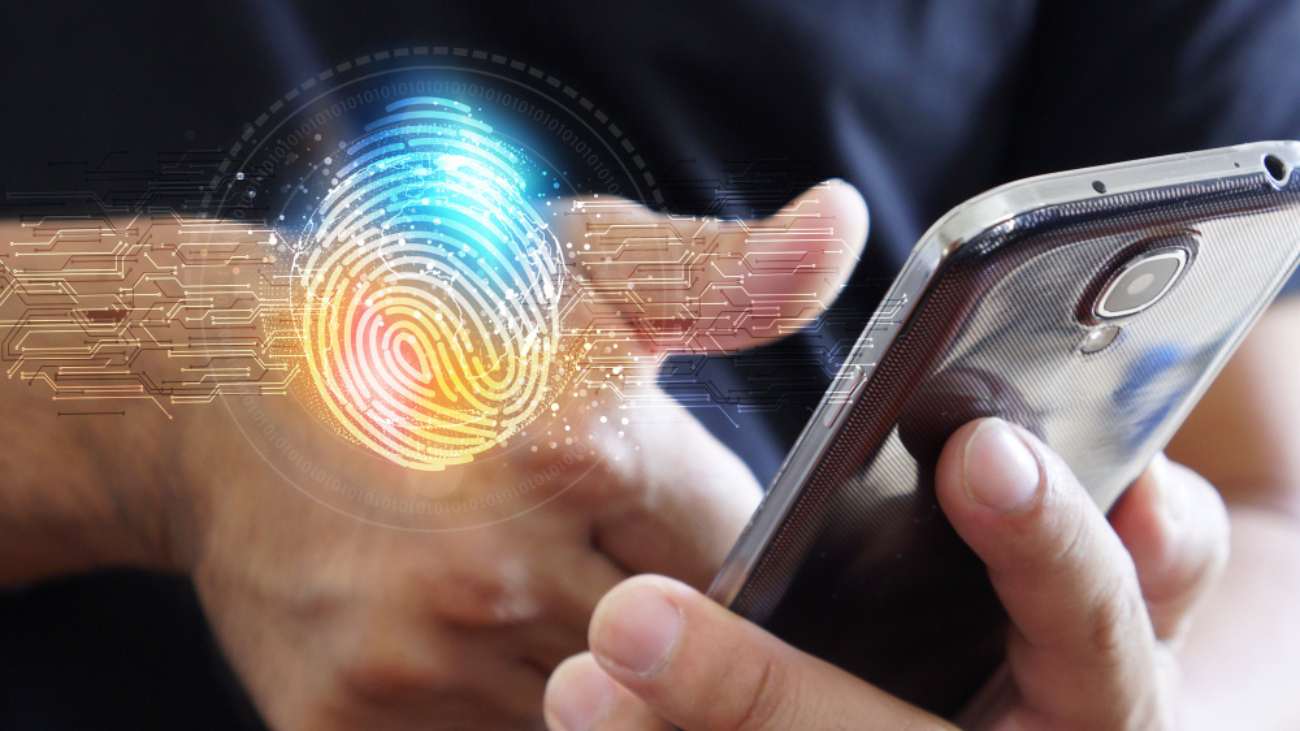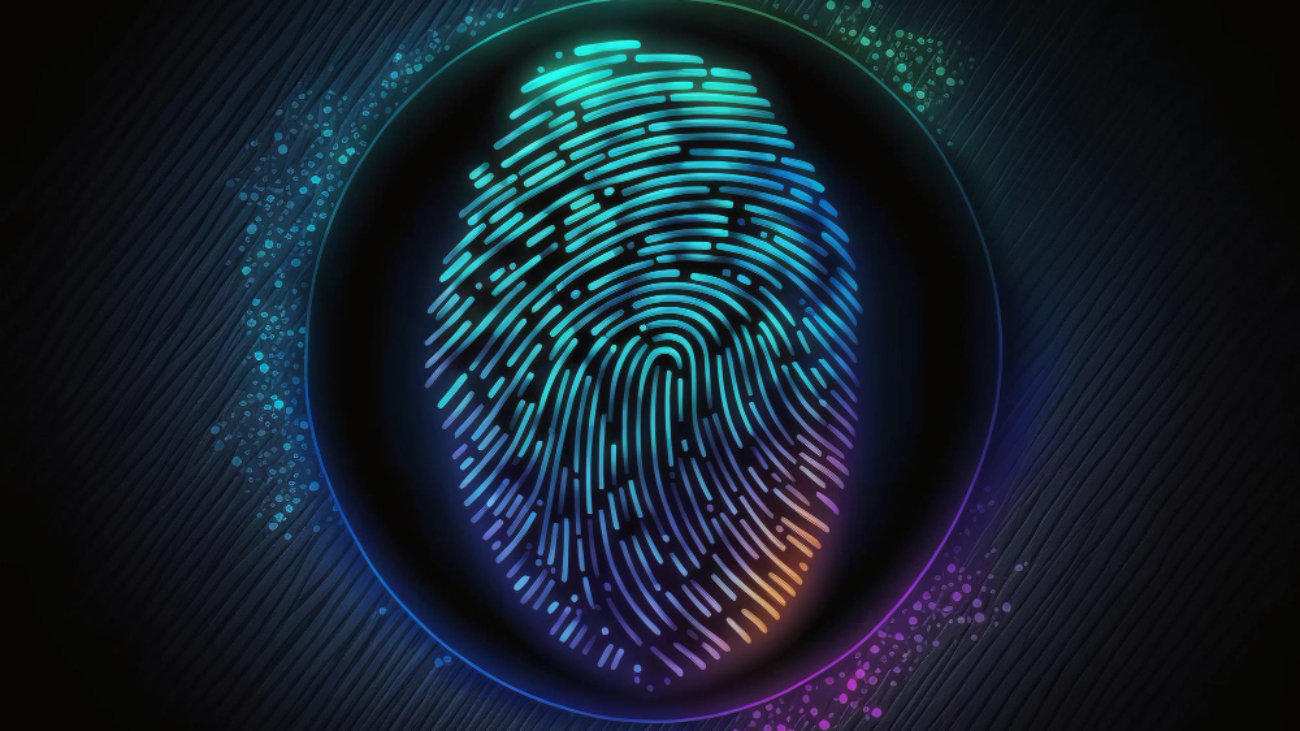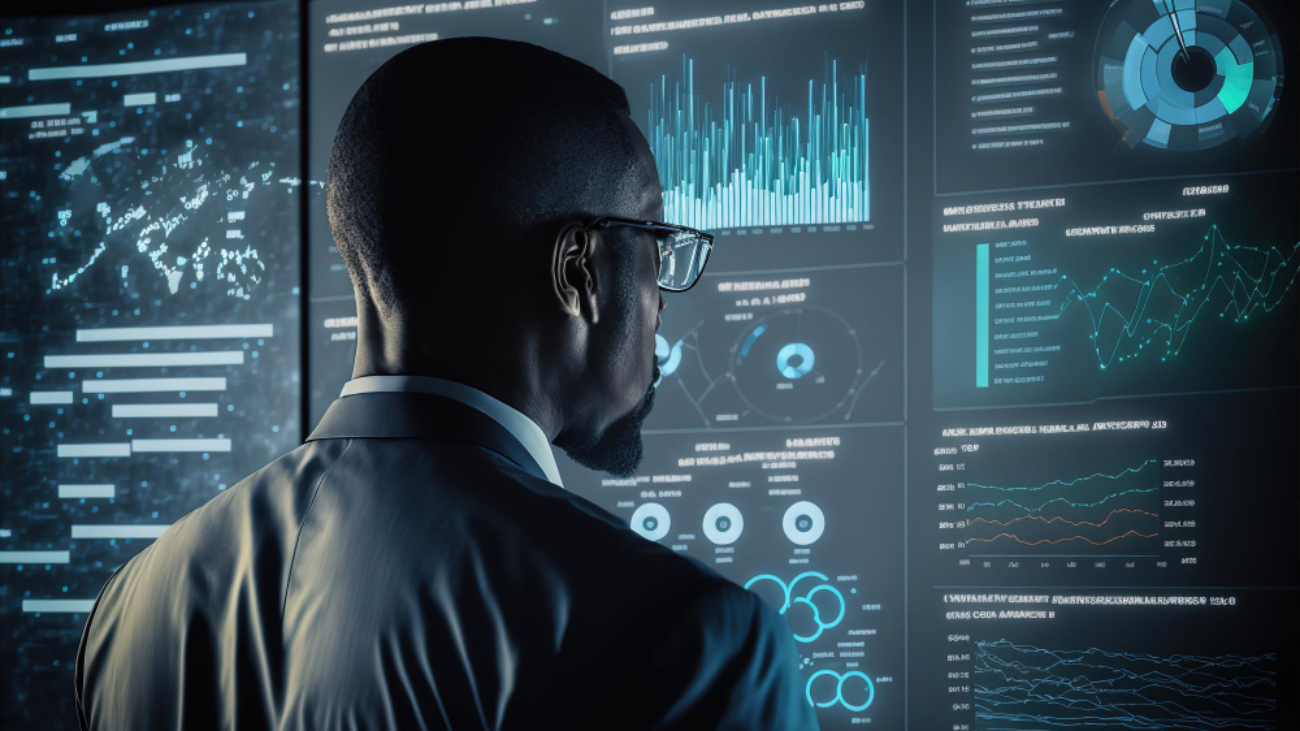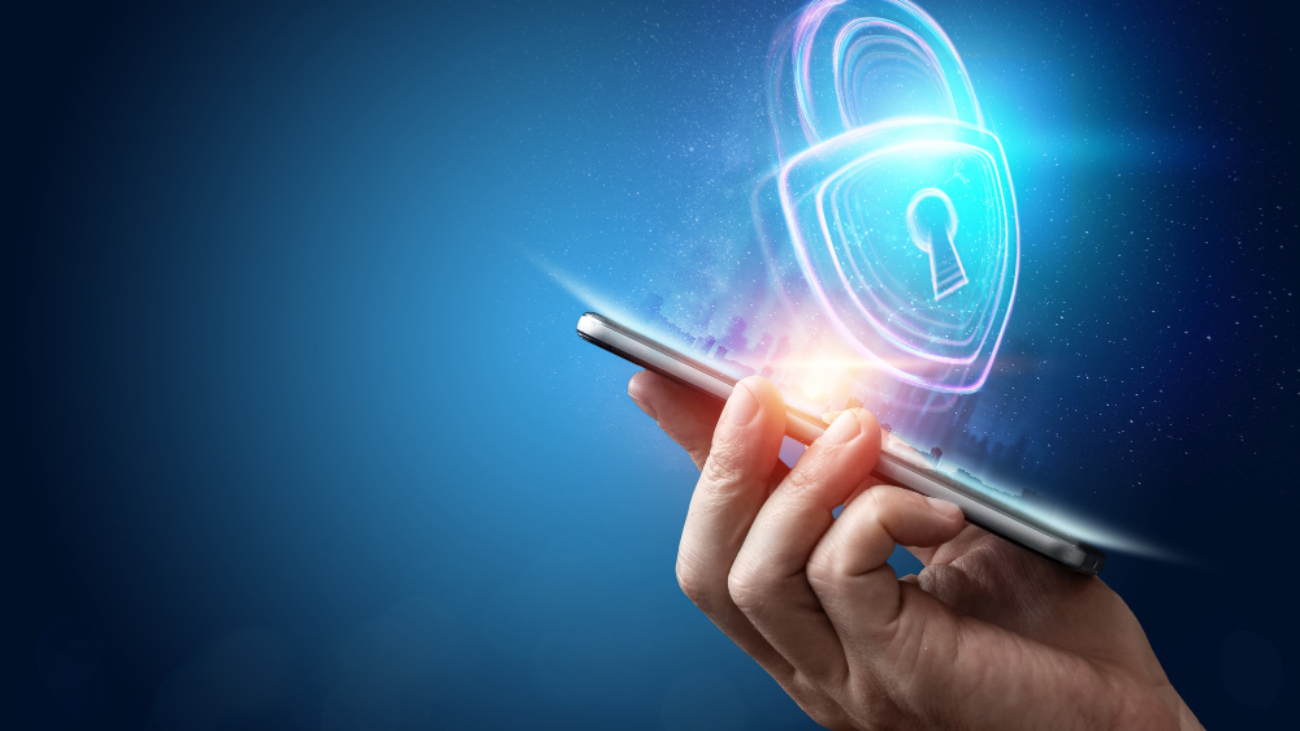Voice biometrics is becoming popular since it is a convenient way of authenticating a person. When a person speaks, software can record the voice, convert the voice to a pattern and use it for authentication. A concern people have is on the accuracy and reliability of voice biometrics. This is where machine learning can help stated Bahaa Abdul Hadi.
Voice biometrics is using the voice of a person to authenticate their identity. Every person’s voice has unique traits like pitch, timbre, etc. All these are used to convert the voice into a pattern, which is then stored on a database. An authentication software can then listen to a voice and convert it to a pattern. This pattern is compared to the database for authentication.
Is it reliable?
Can you reply on voice biometrics? It is a well-known fact that mimicry artists easily imitate the voice of another person. In such a situation, can you rely on voice biometrics? Let’s look at the answers to this question.
Voice biometrics is a proven technology that is even being used in banks. Voice banking allows you to issue voice commands and carry out banking transactions. Banks are using this technology since it is reliable and secure. Advances in technology have helped in making voice biometrics very reliable. Machine learning has played an important role in this process.
Machine learning is a branch of Artificial Intelligence and allows machines to learn. This learning can happen based on interactions with users and is not programmed. Machine learning has powerful applications, including in voice biometrics. There are three aspects of machine learning to keep in mind:
- Unsupervised learning: Here, machine learning happens by considering data that has not been classified or labelled in any way.
- Supervised learning: Learning happens through an algorithm that studies labelled or classified data.
- Reinforcement learning: In this case, machines learn to carry out new tasks by interacting with the environment.
So, how does this help in voice biometrics? Machine learning allows for voiceprint recognition. Unique characteristics can be identified from a voice that cannot be spoofed easily. It ensures a greater level of security and if someone mimics a person’s voice, the system can spot it. Deep learning models are used that use various parameters like pitch, intensity, voice quality, strength of Lombard effect, etc. The use of these parameters have helped in making voice biometrics more secure and spoof-proof.
Thank you for your interest in Bahaa Abdul Hadi blogs. For more information, please stay tuned to www.bahaaabdulhadi.com
